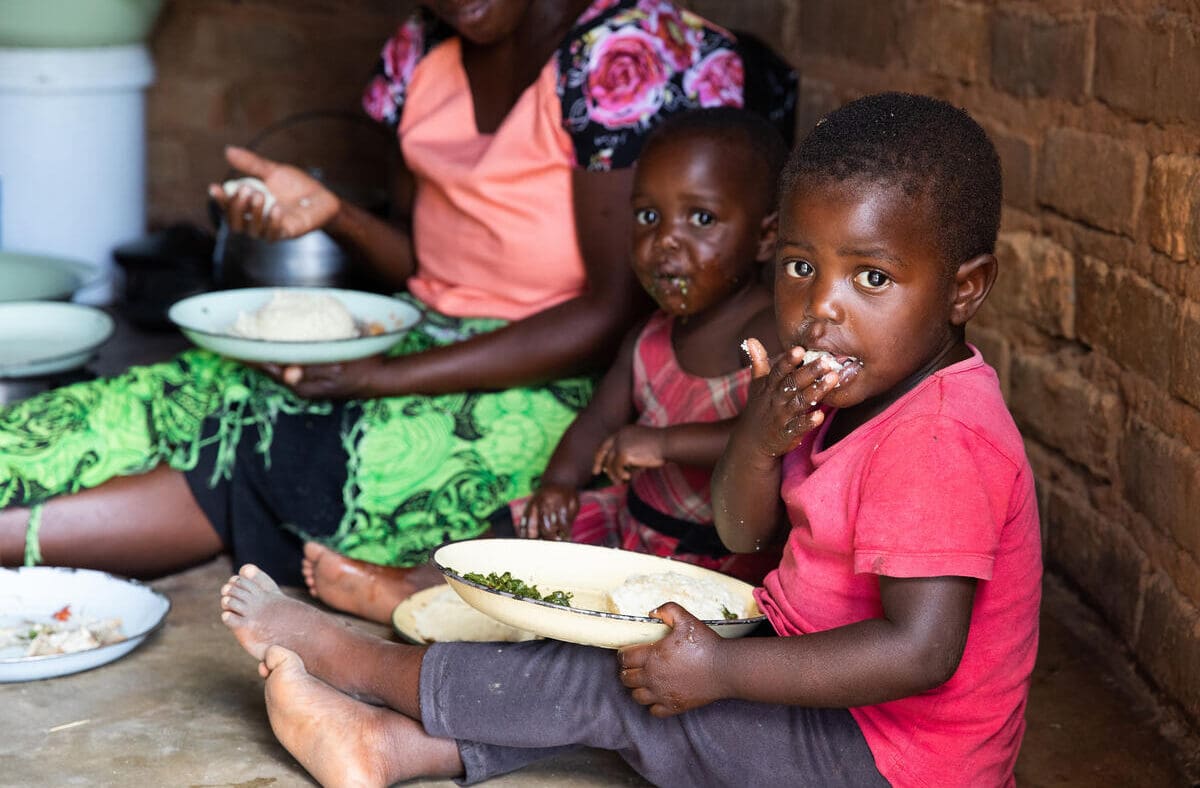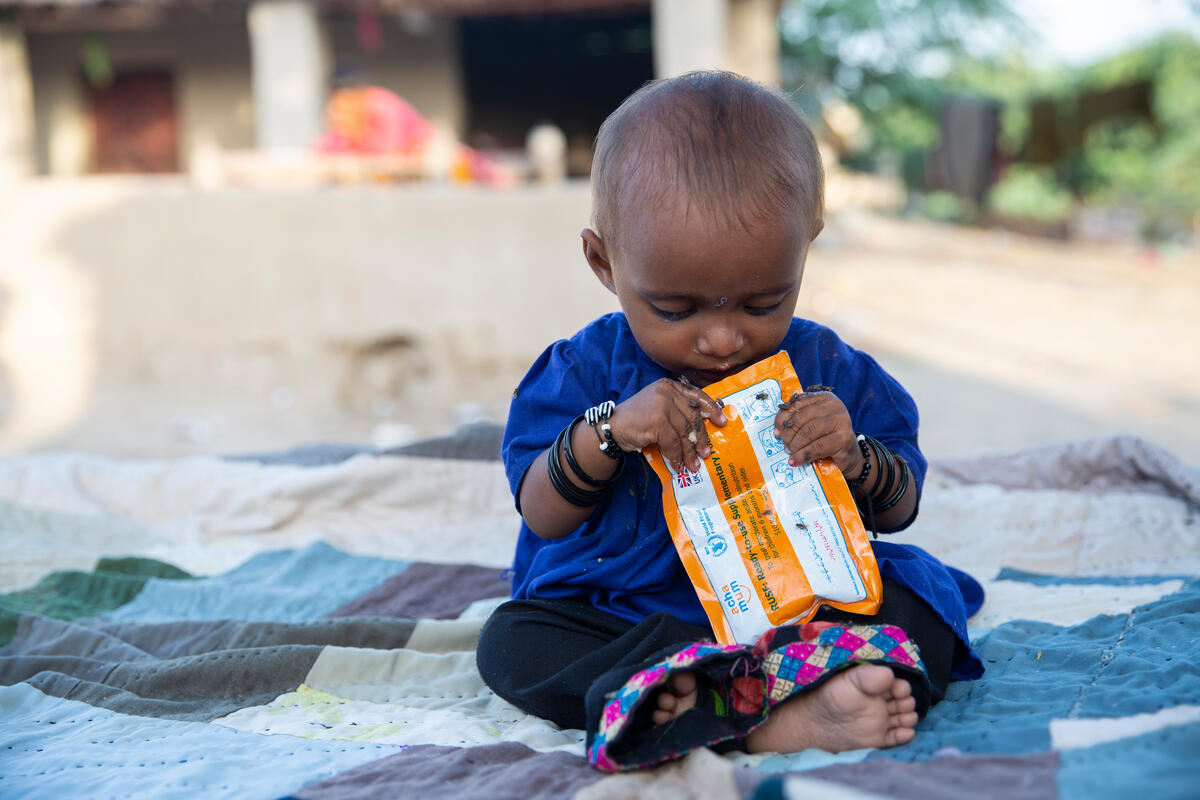
Hungry Children
Need Your Help
Every year, more than 3 million children die from hunger-related causes. We can save them.
Nutrition during childhood shapes children in ways that last a lifetime. The serious effects of malnutrition – from sickness and impaired thinking to stunted growth – impact not only them, but their families and their communities. Food can truly change the course of a child’s future.
children suffer from severe malnutrition every year
of WFP’s beneficiaries are children
of deaths among children under 5 are caused by hunger
The Effects of Childhood Hunger

Health
When children don’t have adequate food, it directly affects their ability to fight off infection, and common illnesses can become life-threatening. The economic burden to families and countries can be great.
Cognition
Cognitive development in children is heavily impacted by nutrition. Without proper food in the first few years of life, most children will have an impaired ability to learn for the rest of their lives.
Growth
Malnourished children are often underweight (called wasting) and underheight (called stunting). Both are often accompanied by recurring illnesses that can be a heavy burden for families and public healthcare systems.
Productivity
It is estimated that malnutrition costs the global economy up to $3.5 trillion dollars each year in lost productivity, increased healthcare costs and emergency services.
How WFP Responds to Childhood Hunger
The U.N. World Food Programme feeds millions of pregnant women, new moms and their babies every year, giving children a hand up at the start of their lives. After infancy, we help kids reach their full potential throughout early adolescence via school meals and support to their farming parents.

The most crucial nutritional window for a child happens between pregnancy and their second birthday. That’s when WFP steps in with foods designed specifically to treat and prevent malnutrition.


WFP’s school meals program is the largest in the world. It’s an essential safety net that provides more than 15 million school children with lifesaving nutrition, health and education.

Help Save Lives Today
Every child deserves the chance to grow up and be healthy. By giving to WFP, you can ensure hungry children get the nutritious food they need to survived.


